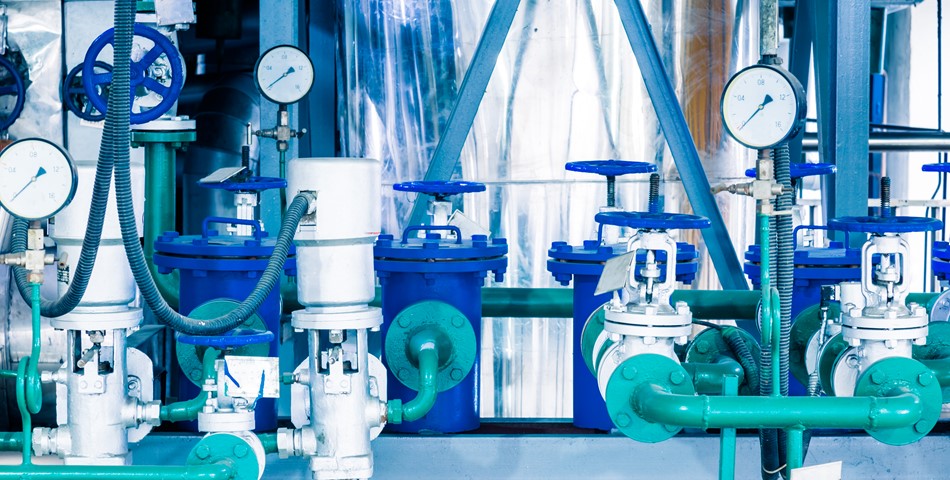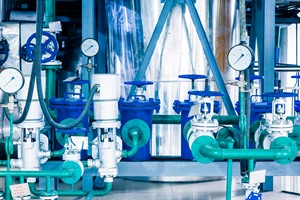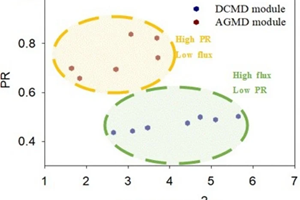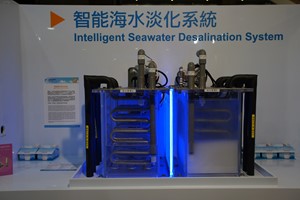As the global population continues to rise, the demand for freshwater is escalating, exacerbating the issue of water scarcity. In response to this challenge, desalination technologies have gained prominence, with solar still distillation units (SSDUs) emerging as a promising solution. However, conventional SSDUs face limitations such as productivity constraints and dependence on sunlight, prompting the need for innovative approaches to enhance their efficiency.
A recent research initiative proposes a groundbreaking method to not only increase the productivity of SSDUs but also contribute to environmental sustainability by utilizing wasted thermal energies from industrial and domestic applications. This approach aims to serve as an additional heating source for SSDUs, leading to improved freshwater production and a simultaneous reduction in environmental pollution and global warming.
The research involved testing two SSDUs simultaneously: a conventional unit and a modified version equipped with an air duct beneath its base. The air duct featured a set of guide vanes at various angles (0°–135°), facilitating the flow of hot air simulating waste heat sources at different mass fluxes (1.45–6 kg/m2.s). The findings revealed significant enhancements in freshwater production and system thermal efficiency due to the heating airflow.
Key Findings:
- Temperature and Productivity Boost: The introduction of heated airflow resulted in increased temperatures across the SSDU components, leading to a substantial improvement in freshwater production and system thermal efficiency.
- Optimal Conditions: The study identified that the enhancements were further amplified by increasing the airflow rate and expanding the vane angle up to 120°, indicating the importance of optimizing these parameters.
- Impressive Results: After a full day of testing, the modified SSDU achieved a maximum productivity of 17.13 L/m2 and a thermal efficiency of 34.2%. Compared to the conventional SSDU, the modified version showcased remarkable improvements of 442% in freshwater productivity and 66.8% in thermal efficiency.
- Cost Reduction: The modified SSDU demonstrated a substantial reduction in the total cost of producing 1 L of freshwater by 70.5%, highlighting the economic viability of this innovative approach.
Addressing Conventional SSDU Limitations:
Traditional SSDUs face challenges such as productivity limitations at sunset and lower efficiency compared to other desalination systems. The proposed approach effectively addresses these limitations by leveraging wasted thermal energies, ensuring continuous freshwater production and improved overall efficiency.
Prior Approaches and Innovations:
The article provides an extensive overview of various methods and innovations implemented to enhance SSDU performance. Previous studies explored modifications to basin base layouts, operating conditions, and the incorporation of phase change materials (PCM), nanofluids, and other techniques. While these approaches contributed to improvements, the research emphasizes the unique advantage of utilizing wasted thermal energies for enhanced SSDU performance.
Conclusion:
In conclusion, the research presents a pioneering solution for advancing the efficiency of SSDUs by harnessing wasted thermal energies. This sustainable approach not only enhances freshwater production but also aligns with environmental goals by reducing pollution and mitigating the impact of global warming. As industries and communities seek sustainable water solutions, the integration of wasted heat sources into SSDUs emerges as a promising avenue for achieving water security in a rapidly changing world.
By Mohamed R. Salem, R.Y. Sakr, Ghazy M.R. Assassa , Omar A. Aly
https://www.sciencedirect.com/
Edited by Yehya Aoun












